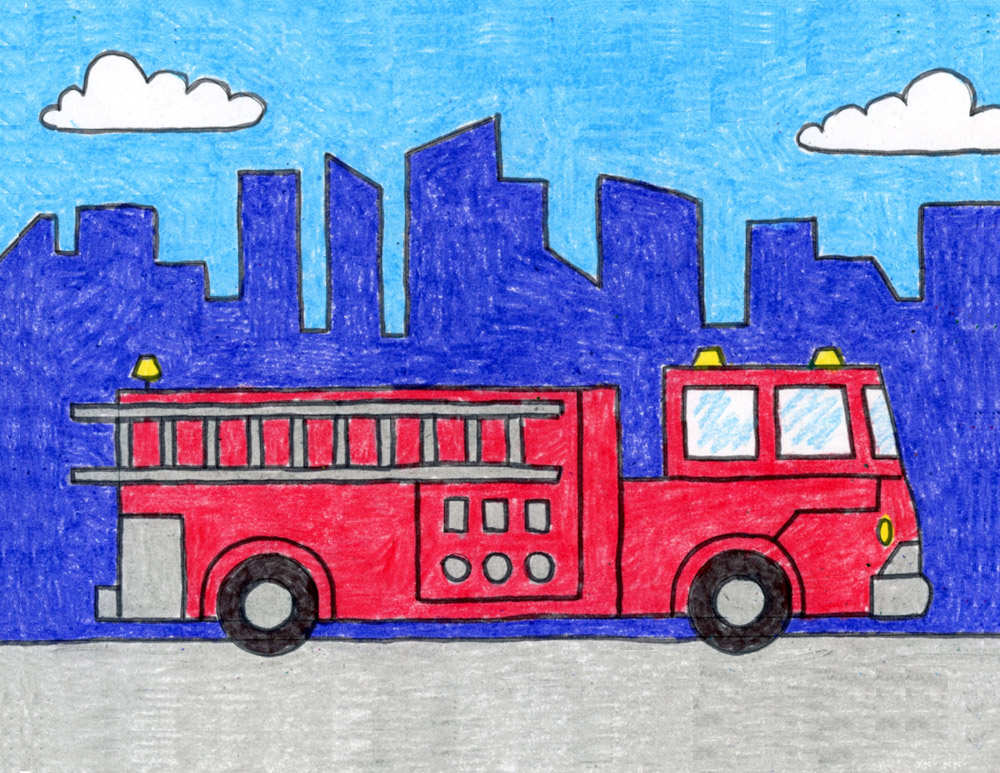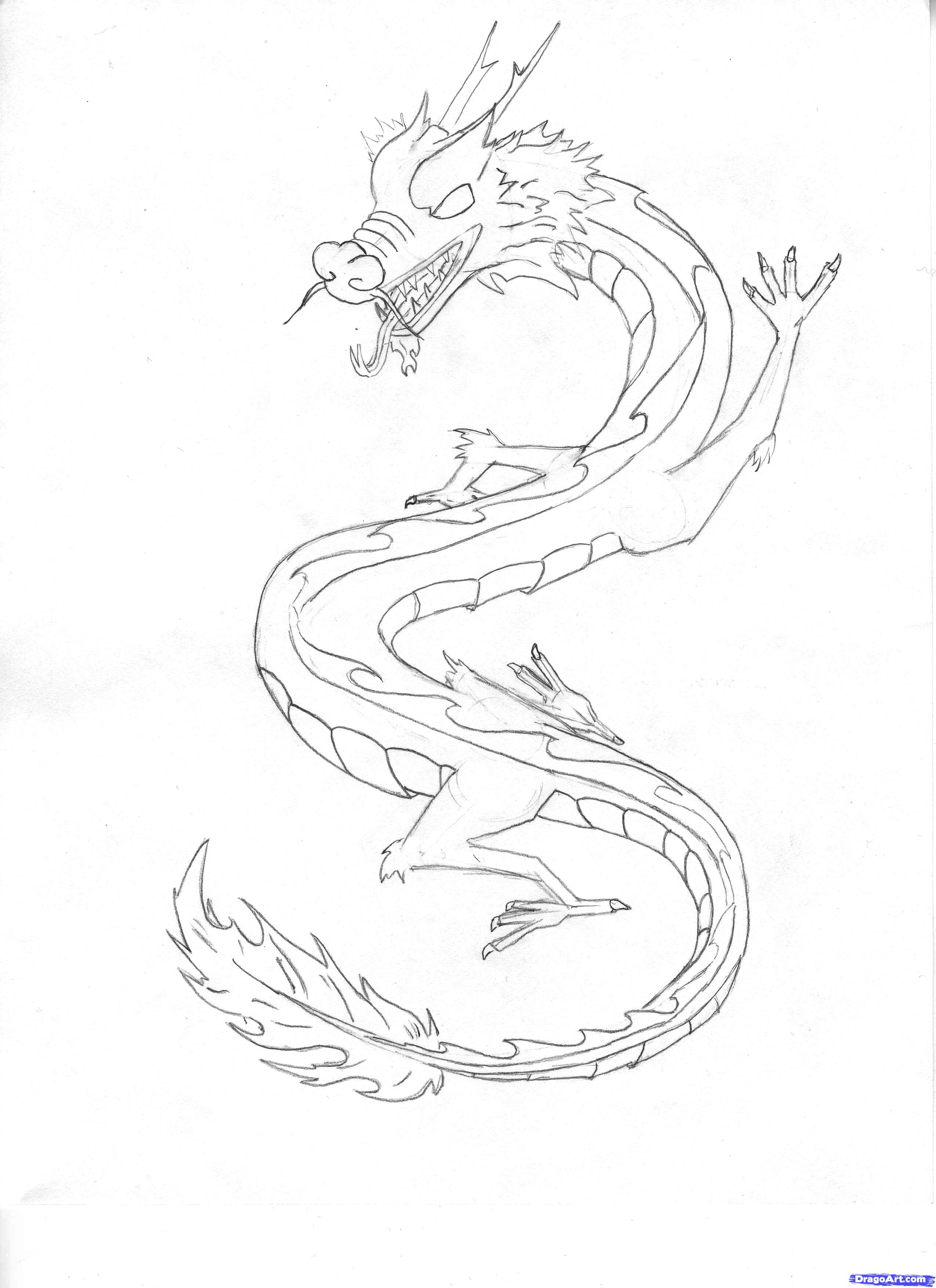How to draw the wind
Table of Contents
Table of Contents
Are you looking to add a touch of realism to your sketches of the outdoors or create a dramatic scene with windblown hair or clothing? Drawing wind can be a challenge, but with a few tips and tricks, you can create a sense of movement and energy in your art.
Challenges of Drawing Wind
One of the biggest challenges of drawing wind is capturing its intangibility. Wind is invisible, so how do you create the illusion of something that can’t be seen? Another challenge is capturing the movement of wind. Wind is constantly in motion, so how do you create a static image that conveys its dynamic nature?
Answering the Target: How to Draw Wind
One way to create a sense of wind in your drawings is to incorporate elements that suggest air movement, such as flowing lines or directional shapes. You can also use shading to suggest wind direction or create the appearance of movement.
Main Points on Drawing Wind
To draw wind, use flowing lines, directional shapes and shading to create the appearance of movement. Incorporating elements like leaves or clothing caught in the breeze can also add a sense of wind to your art. By using these techniques, you can create a visual representation of wind that adds depth and interest to your drawings.
Using Leaves to Draw Wind
When drawing wind, incorporating natural elements like leaves can help to create a more believable scene. To draw leaves blowing in the wind, start with a rough shape that suggests the outline of the leaf. Then, use flowing lines to create the appearance of movement. By varying the length and shape of the lines, you can create the impression of leaves caught in different currents of wind. Use shadings to add depth to your leaves and create the illusion of wind direction.
Drawing Wind-Swept Clothing
Wind-blown clothing can also add a sense of movement and energy to your drawings. Start with the outline of the garment, and then use flowing lines to create the appearance of wind sweeping through the material. Use shading to create the illusion of fabric folds and create the impression of wind direction. Adding small details like hair or jewelry blowing in the wind can further enhance the sense of motion in your drawing.
Understanding Wind Direction
One of the key factors in creating a believable depiction of wind is to understand its direction. Wind generally moves from high pressure to low pressure areas, and its movement can be influenced by factors like temperature, topography, and obstacles. To create an accurate representation of wind direction in your art, consider these factors and use shading and directional elements to create a sense of movement and flow.
Creating the Illusion of Wind
Ultimately, drawing wind is about creating the illusion of something that is invisible yet dynamic. By incorporating flowing lines, shading, and directional elements into your art, you can create a sense of movement and energy that brings your drawings to life. Experiment with different techniques, and don’t be afraid to incorporate natural elements like leaves and clothing to enhance the realism of your art.
Question and Answer Section
Q: Can I draw wind without adding other elements like leaves or clothing?
A: Yes. You can suggest wind movement through the use of shading and directional lines. For example, you might shade the area behind a character to suggest wind direction, or use curving lines to depict the motion of air particles around an object.
Q: How can I create the illusion of wind blowing in different directions?
A: Use directional elements like arrows or curved lines to suggest the flow of wind. You might also use shading to create the impression of wind moving in different directions, or incorporate natural elements like leaves or grass to show wind currents.
Q: What should I keep in mind when drawing wind-swept hair or fur?
A: When drawing hair or fur being blown by wind, remember to consider wind direction and the type of material being affected. For example, hair might flow in long, sweeping lines when caught by a strong gust, while fur might ruffle or stand on end.
Q: Can I use digital tools to draw wind?
A: Yes. Many digital art tools offer brushes and effects that can create the appearance of wind. Experiment with different tools and techniques to achieve the desired effect.
Conclusion of How to Draw Wind
If you’re looking to add movement and energy to your drawings, drawing wind can be a great way to do so. By using techniques like flowing lines, shading, and directional elements, you can create the illusion of wind in your art. Don’t be afraid to experiment with different techniques, and remember to consider wind direction and natural elements to enhance the realism of your drawings. Have fun and happy drawing!
Gallery
How To Draw The Wind - Really Easy Drawing Tutorial

Photo Credit by: bing.com /
How To Draw The Wind - Really Easy Drawing Tutorial

Photo Credit by: bing.com /
How To Draw The Wind - Really Easy Drawing Tutorial

Photo Credit by: bing.com / windy leaves
Wind Drawing Beautiful Image | Drawing Skill

Photo Credit by: bing.com / wind drawing beautiful feel
How To Draw Wind Easily: Great Tutorial At WoWPencils

Photo Credit by: bing.com / wind wowpencils





